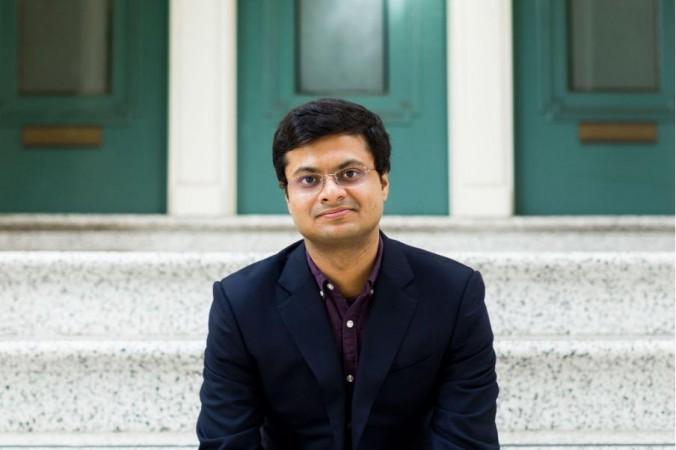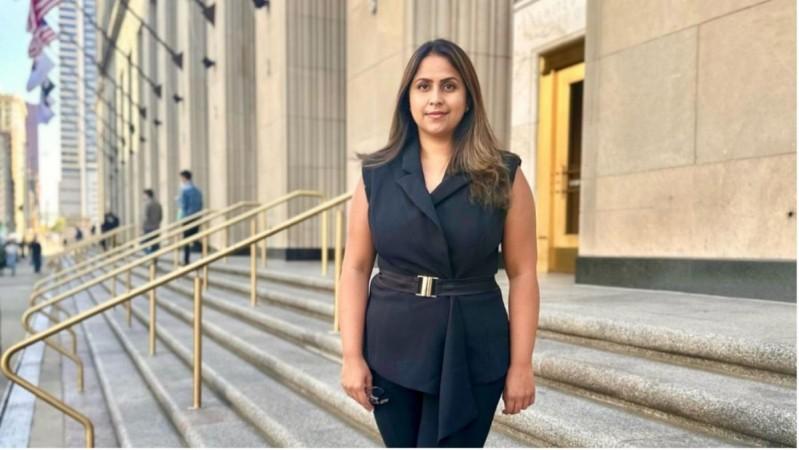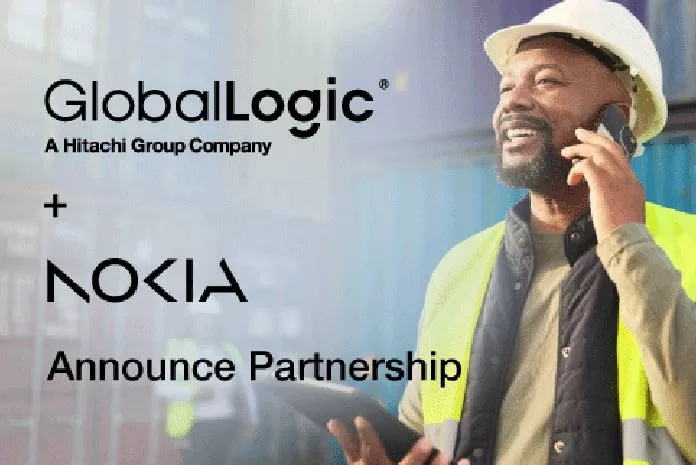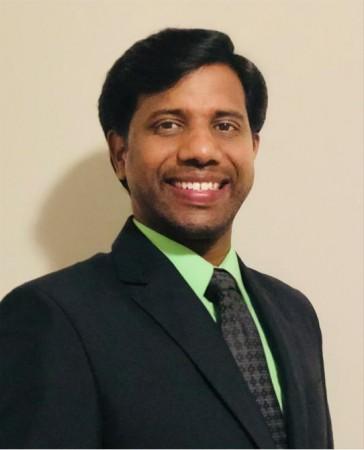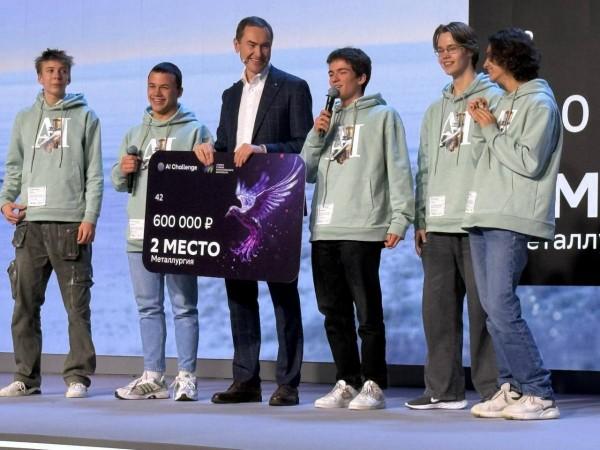Machine Learning (ML)/Artificial Intelligence (AI) has its roots in classical statistics. Financial analysts use statistical models to predict returns on assets. Actuaries build models to analyze risk in the insurance industry. Weather forecasters use sophisticated statistical models to predict weather.
With the birth of the internet, there is a considerable demand to scale up training statistical models and serve predictions to millions of customers. These machine-learning systems must be accurate, reliable, fast, and cost-effective.
The level of accuracy depends on the industry vertical. Poor predictions in medicine, driving, and credit underwriting are less tolerated than ad targeting and e-commerce product recommendations.
Building systems that cost-effectively scale ML model development and deployment becomes the need of the hour. For Niloy Gupta, a staff machine learning engineer and tech lead at Attentive Mobile and co-founder of Lambent Logic, scaling such systems requires blending concepts from statistics, ML, software engineering, and product domain knowledge.
Gupta has over a decade of experience in the tech industry, spanning areas like software engineering, machine learning, and AI in booming Silicon Valley startups. These experiences have taught him how to build scalable and reliable machine-learning systems.
With a master’s degree from the School of Computer Science at Carnegie Mellon University, an IEEE Computer Society Richard E. Merwin Award recipient, and a track record of developing groundbreaking machine learning models, Niloy Gupta has established himself as a leader in building scalable AI systems.
The Intersection of Engineering and Statistics
The need for scalable ML has never been more critical. As businesses grow and data volumes explode, systems that work well on a small scale often buckle under the pressure of real-world demands. Gupta recognized this challenge early in his career and made it his mission to develop solutions that could perform efficiently and grow seamlessly with increasing demands.
Gupta explains, “One has to balance model complexity, prediction accuracy, engineering velocity, and cost of training and serving these models. The cost typically increases with the amount of data and the number of users of the company’s product. At the same time, these systems need to adapt to changes in the data.”
This philosophy has guided the engineer’s work across various domains, from financial services to consumer apps. His projects consistently demonstrate a dual focus on driving predictive performance and long-term scalability, impacting the bottom line.
Redefining Ad Targeting at Yelp
While at Yelp, the popular review app, Gupta led initiatives that exemplified his outlook on scaling ML systems. One of his most notable achievements was the development of a distributed model training pipeline capable of handling billions of samples and a click-through-rate (CTR) prediction model that determines whether or not to serve ads from a particular advertiser.
In an article, Niloy Gupta explains how online ad targeting works. He explains that the predicted CTR determines how relevant the business is to the user’s intention and how much would need to be bid to beat a competitor in the auction. Predicting the most accurate CTR verifies consumers have the best experience.
Gupta recalls, “There was an opportunity to use more of our historical data to train our models and improve predictive performance, but our existing systems couldn’t handle the data volume.”
The result was a pipeline that scaled to handle Yelp’s massive dataset and improved ad targeting models, leading to a 10% increase in revenue metrics. This project showcased Gupta’s ability to merge state-of-the-art machine learning techniques with robust distributed systems architecture.
Gupta’s team also optimized the algorithm for online gradient-boosted tree model inference, achieving speeds 120% faster than the industry standard at that time. This optimization was crucial for real-time ad serving, where milliseconds can differentiate between a successful ad placement and a missed opportunity.
“Speed and predictive accuracy is critical in ad tech.” Niloy Gupta explains. “Our optimizations allowed us to serve more relevant ads to more users, creating a win-win for Yelp and its advertising partners.”
Scaling Credit Underwriting at Affirm
Gupta’s move to Affirm, the buy now pay later juggernaut, presented new challenges in computational finance. As a tech lead manager, he spearheaded the development of ML models and large-scale simulation systems for optimizing interest rates and loan lengths.
“Financial services present unique challenges for ML systems,” Gupta explains. “We’re not just optimizing for performance; we deal with regulatory requirements, manage risks, and need to explain our AI model predictions. Our systems needed to be efficient, scalable, transparent, and compliant.”
This opened an opportunity to identify less risky loans and service more customers. Under Gupta’s leadership, his team at Affirm built an open-source tool for scaling Shapley value computations called Shparkley. Shapley values are a powerful technique for interpreting machine learning models.
According to Niloy Gupta, Shparkley enabled them to generate model explanations for millions of loan applications.
He reflects, “What I’m most proud of is not just the financial impact, but how we achieved it. We built systems that could grow with the company, adapt to new market conditions, and continue to deliver value even as we scaled to serve more customers with more complex financial products.”
Building for Tomorrow’s Challenges
For Niloy Gupta, scaling ML systems represents a forward-thinking technique in the rapidly changing field of information technology. His work at companies like Yelp and Affirm demonstrates this philosophy, where he developed systems that solved immediate business challenges and anticipated future growth.
Gupta explains, “My focus is on building accurate, cost-efficient, and scalable systems that remain valuable as business demands grow. Whether helping someone get a fair loan, showing them a relevant ad, or optimizing drug prices, machine learning can create value in countless ways. Thus, there’s always a need to be updated on recent technological developments.”
In the future, Gupta sees enormous potential for ML to transform global industries like personalized medicine, climate modeling, and autonomous systems. He continues to focus on developing solutions that solve today’s problems efficiently and scale to meet tomorrow’s challenges.
“At the end of the day, our responsibility as engineers extends beyond just building powerful systems,” Niloy Gupta concludes. “Technologies should be designed to serve the greater good, promoting fairness, transparency, and positive impact for the environment and community.”


